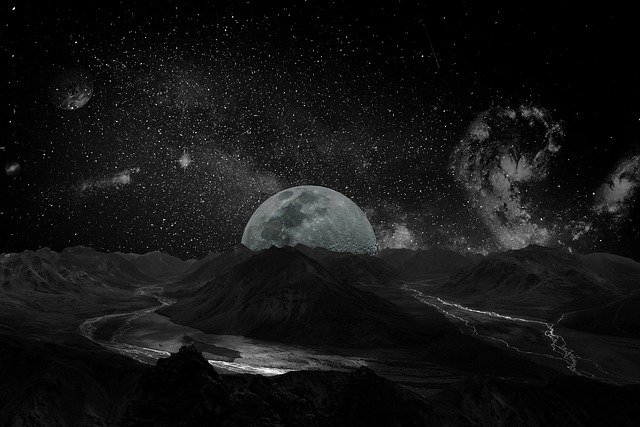Some scientists suggest minerals should be reorganised by the methods that make them, which would increase the known number of minerals on Earth by 75 per cent
Pyrite, or fool’s gold, can be classified as 21 distinct minerals because there are so many ways for it to originate
Andrew Paterson / Alamy Stock Photo
There are 4000 more minerals in the world than previously thought, according to a new catalogue that identifies them not only by their internal make-up, but by the ways they are formed.
Stefan Nicolescu at Yale University in Connecticut, who was not involved in the work, says the findings help make sense of Earth’s development, which researchers are finding is increasingly complex. “It is a welcome stepping stone in putting order in our knowledge. In the great scheme of things, nature doesn’t care, but we do, because by doing so, we can make sense of it,” he says.
Minerals are typically distinguished by their unique structure and chemistry. But because each mineral holds information about the earth from when the rock was formed, the study authors say, focusing on the origin of minerals can better serve the study of the emergence of life and the evolution of planets.
Advertisement
“Minerals are essentially time capsules that lock in their formational conditions and the subsequent weathering and alteration that they underwent,” says Shaunna Morrison at the Carnegie Institution for Science in Washington, DC.
Isolated by the covid-19 pandemic, she and her colleague Robert Hazen immersed themselves in thousands of scientific papers, reference books and databases to identify the ways all the known minerals on Earth are formed. When minerals could form in different ways, they categorised them as distinct, increasing the total number of “mineral species”.
The Carnegie researchers found that minerals could be formed in 57 different ways, such as asteroid collisions, evaporation or oxidation. Microorganisms also can leave behind metal deposits when they take specific elements for themselves, or when they separate compounds in search of a burst of electrical energy. These classifications allow mineralogists to concentrate their questions on the patterns across minerals, in a nascent discipline called mineral informatics.
Read more: The village where more elements were discovered than anywhere else

